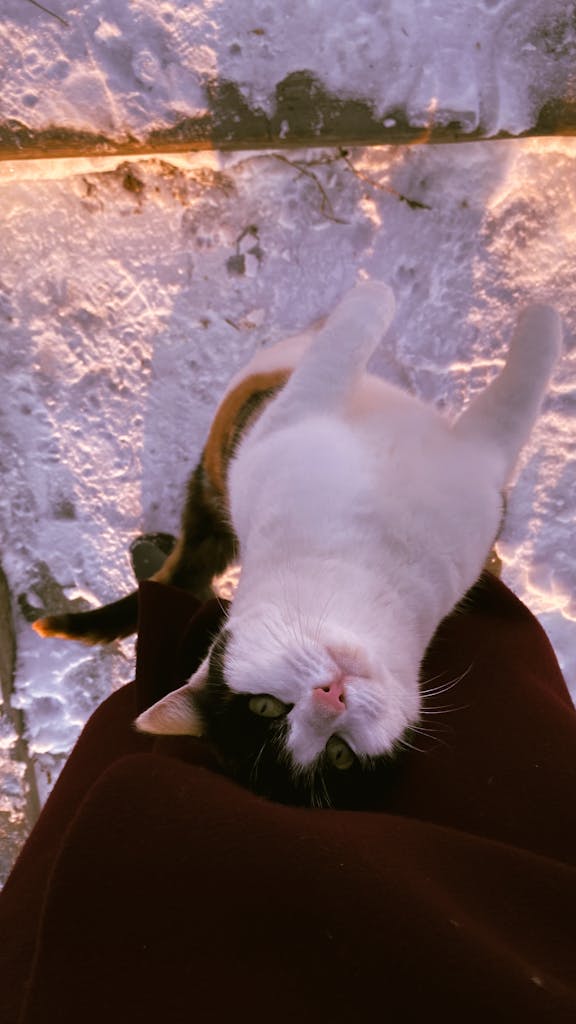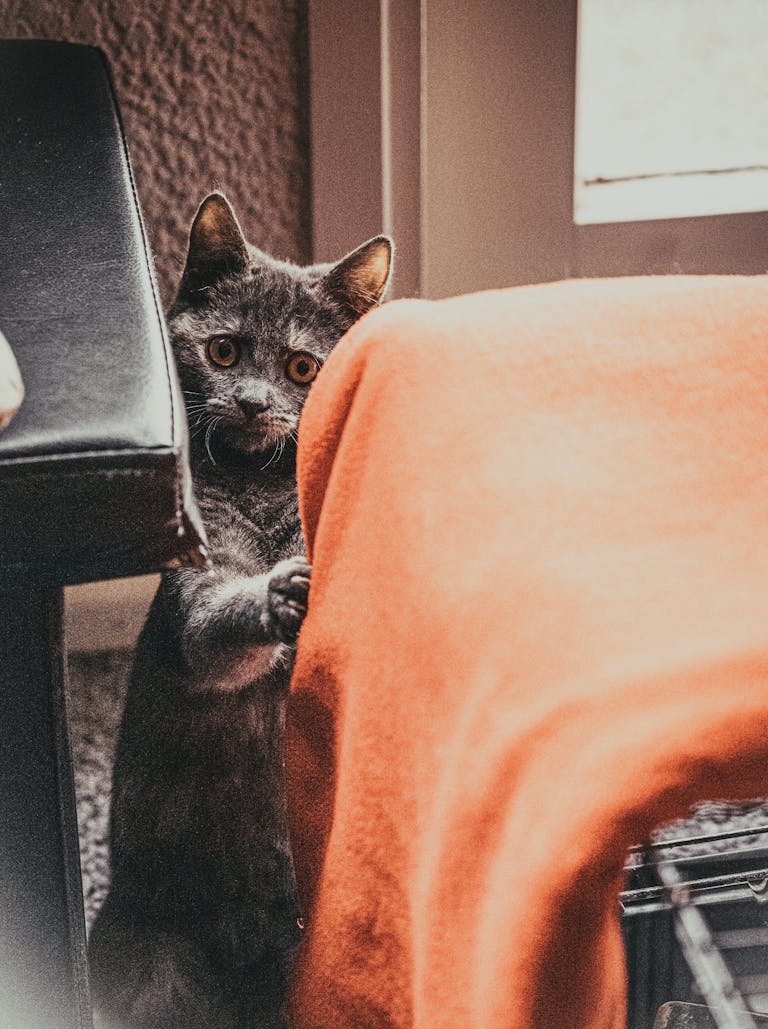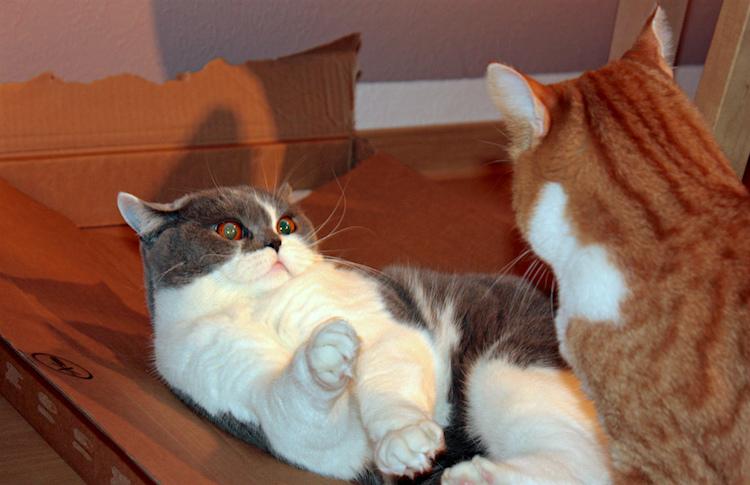Understanding Cat Body Language

Understanding Cat Body Language: A Cat Lover’s Guide to Decoding Feline Signals
If you’ve ever gazed into your cat’s mysterious eyes and wondered what they’re really trying to say, you’re not alone. Cats communicate in a way that’s subtle and often confusing to us humans. But with a little patience and know-how, you can start to understand what your furry friend is telling you through their body language. Whether you’re a seasoned cat parent or a newbie to feline love, this guide will help you unlock the language of whiskers, tails, and those twitchy ears.
Why This Topic Matters
Cats can’t tell us with words when they’re happy, scared, or annoyed — instead, they rely on body language. Being able to read these signals not only deepens your bond but also helps you spot when your kitty is stressed or uncomfortable before it turns into a bigger issue. Trust me, understanding what your cat’s physical cues mean can make a huge difference in their comfort and overall well-being.
Plus, getting better at “reading” cats reduces misunderstandings. You won’t accidentally reach out to pet a grumpy cat or miss signs of pain hidden behind a twitchy tail or flattened ears. So, it’s really all about creating a happier, healthier relationship between you and your feline buddy.
Common Cat Body Language and What They Mean
The Tail Talks
-
- Upright tail: Generally means your cat is happy and confident. It’s a classic “I’m glad to see you!” greeting.
-
- Tail twitching or flicking: Can show irritation or excitement. It’s a bit like a warning, so watch out for next signs!
-
- Tail puffed up: This means your cat is scared or feeling threatened — their way of making themselves look bigger.
-
- Tail tucked between legs: A sure sign your kitty is anxious or feeling submissive.
Ear Positions Say a Lot
-
- Forward-facing ears: Relaxed and interested.
-
- Flattened or sideways ears: This is a classic “back off” sign.
-
- Rapid ear movement: Can mean your cat is focusing intensely on something or feels agitated.
Eye Contact and Pupil Size
-
- Slow blinking: Often called a “cat kiss,” this means your cat feels safe and loved. Try slow blinking back!
-
- Dilated pupils: Could signal excitement, fear, or even pain — context matters.
-
- Half-closed eyes: Contentment and trust.
Whiskers and Their Subtle Signals
Pay attention to how your cat holds their whiskers. Forward-pointing whiskers usually mean curiosity or excitement, while whiskers pulled back can indicate fear or irritation.
Step-by-Step Guide: How to Read Your Cat’s Body Language
-
- Observe from a distance: Before interacting, watch your cat’s overall posture. Are they relaxed or tense? This helps set the tone.
-
- Look at the tail: Is it high, low, or puffed? This gives quick insight into their mood.
-
- Check the ears: Forward or flattened? It’s a direct mood indicator.
-
- Notice the eyes: Are they wide or narrowed? Slow blink or staring?
-
- Watch the whiskers: Forward means friendly, swept back means wary.
-
- Combine signals: One signal alone isn’t everything — look at the whole picture for the full story.
For example, if your cat’s tail is up, ears forward, and eyes softly blinking, they’re likely happy and relaxed. But if their tail is flicking, ears pinned back, and whiskers flattened, it’s best to give them space.
Common Mistakes Cat Parents Make
-
- Ignoring subtle cues: Cats don’t usually shout their feelings loudly. Missing small signs like tail flicks or ear twitches can lead to misunderstandings.
-
- Forcing interaction: If a cat’s body language says “no,” respect their wishes. Trying to pet a cat with flattened ears or a tucked tail often leads to scratches.
-
- Misreading play aggression: Swatting or chasing can be playful, but pay attention to the body language to know when play turns too rough.
-
- Assuming pupil size equals happiness: Dilated pupils can mean many things — don’t jump to conclusions without other context.
Helpful Tools and Recommended Products
Understanding cat body language can also be enhanced with some handy resources and tools. Here are a few recommendations to make your communication with your cat even better:
-
- Cat communication books: Books like “The Cat Whisperer” by Mieshelle Nagelschneider offer great insight into feline behavior.
-
- Interactive toys: Toys like feather wands and laser pointers can help you observe how your cat reacts to stimuli, revealing their mood in action.
-
- Smart Cat Collar with Mood Tracker: This innovative collar tracks your cat’s activity and stress levels, helping you understand their emotional state better.
Bonus Section: Frequently Asked Questions
Q: Why does my cat suddenly puff up and run away?
A: This is your cat’s natural fear response. They puff up to appear bigger and more intimidating to potential threats and usually want to escape the situation.
Q: What does it mean when my cat slow blinks at me?
A: Slow blinking is a sign of trust and affection. It’s like your cat is saying, “I feel safe with you.” You can slow blink back to bond with them!
Q: Are crouched cats always scared?
A: Not always. Sometimes cats crouch when they’re just relaxing or getting ready to pounce in play. But if their ears are pinned back and tail is low, it often means fear or discomfort.
Wrapping It Up: Tune In to Your Cat’s Cues
Getting to know your cat’s body language is one of the most rewarding parts of pet parenting. It’s not always straightforward — cats are complex and individual creatures — but the effort pays off with a deeper connection and fewer surprises. Remember, patience is key. Watch, listen, and respect the signals they send, and you’ll build a bond that’s filled with trust and love.
The more you tune in to those whisker twitches, ear tilts, and tail flicks, the more your kitty’s silent language will become clear. And that, dear cat lover, is pure magic.







